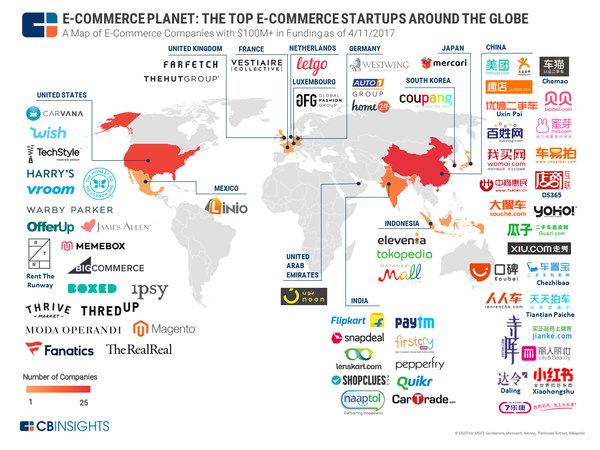Growth Opportunities for China e-Commerce in 2020
Where will China’s new e-commerce traffic come from in 2020? What changes have happened to e-commerce in 2019, and where are the new growth opportunities for e-commerce in 2020?

Live e-commerce (selling via short video)
In the first half of 2019, the hottest thing in the e-commerce industry is live e-commerce. In February 2019, the Taobao Live Broadcast Independent App was launched. In July 2019, the “Star Training Program” was launched, and now more than 100 stars have joined the live broadcast. On the day of Double 11 of 2019, Taobao’s live-streaming volume reached nearly 20 billion yuan, with live-streaming occupying a share of traditional e-commerce. The fast flash e-commerce company, which was only launched in 2018, has reached a scale of over 60 billion yuan this year. In May this year, Pinduoduo reached a cooperation with Kuaishou and won new traffic for Pinduoduo.
Although Douyin does not regard e-commerce as its main business, the transaction value also has a scale of 20 billion yuan. JD‘s KOL Cultivation Plan, Xiaohongshu and Tencent have also begun to enter live e-commerce. Live broadcast sales have become a new lifestyle for Internet users, driving new consumption growth. During the live broadcast, the host interacts emotionally with the user, enticing the user to buy.
Market spread to small and medium cities
In recent years, the consumption power of users in small and medium-sized cities has increased, and it has gradually become a key customer group attracted by various e-commerce platforms. In early March, Ali restarted the “Together Promotion” to strengthen Taobao live broadcast to attract small and medium-sized city crowds. JD.com also made a series of adjustments. Offline, JD.com accelerated the layout of third- and fourth-tier cities. Entered townships and rural markets through JD.com appliance stores. Suning Tesco also launched a “quick-hand shop” to accelerate the layout of small and medium-sized cities.

Private social traffic
Internet user growth has stopped. Create private social traffic and carefully manage it. This has become a trend.
In April 2019, Tencent proposed to use the public account and mini-program mall tools to help customers build private social traffic. In June 2019, Tmall announced the “Flagship Store 2.0 Upgrade Plan” to help businesses transform and improve their operational management capabilities.
In August 2019, Kuaishou and Douyin both said that they helped users bring more traffic and helped merchants accumulate social traffic. With social traffic, it will generate more business value and bring us new development opportunities.
Cross-border e-commerce
According to iResearch, the scale of China’s cross-border e-commerce transactions has grown rapidly. It is expected to reach 10.8 trillion yuan in 2019 and 12.7 trillion yuan in 2020.
New consumption era
In 2019, new consumption scenarios and crowds are constantly emerging. In April 2019, Tmall announced that in the next three years, Tmall will cultivate 100 new brands with sales exceeding 1 billion. In 2019, more than 2,000 new Taobao brands were born on Taobao.
In 2020, the four most important emerging consumer groups to watch are townspeople, millennial parents, generation Z and silver-haired people.
Consumption needs and channels are constantly changing, and transactions will occur where there is traffic.
